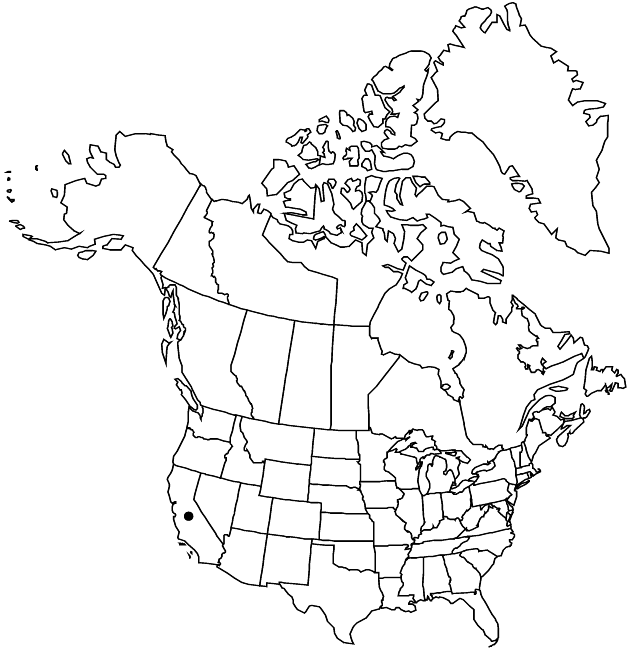Artemisia californica
Linnaea 6: 523. 1831.
Shrubs, (20–)150–250 cm (rounded), pungently aromatic. Stems relatively numerous, arched, green or brown, branched (slender, wandlike, bases brittle), densely canescent to glabrate. Leaves cauline, light green to gray; blades filiform or spatulate to obovate, 3–5(–9) × 0.5–2 cm, sometimes pinnately lobed (lobes filiform, 0.5–1 mm wide), faces sparsely to densely hairy. Heads (nodding at maturity, pedunculate) in paniculiform arrays 6–20 × 1–3 cm (branches erect to broadly spreading). Involucres globose, 2–3(–4) × 2–4(–5) mm. Phyllaries broadly ovate, sparsely canescent. Florets: pistillate 6–10; bisexual 18–25; corollas pale yellow, 0.8–1.2 mm, glabrous. Cypselae ellipsoid, 0.5–1.5 mm, resinous (pappi coroniform). 2n = 18.
Phenology: Flowering early–late summer.
Habitat: Coastal scrub, dry foothills
Elevation: 0–800 m
Distribution

Calif., Mexico (Baja California).
Discussion
Artemisia californica is the common sagebrush of chaparral in southern California. Its threadlike leaves and green flowering heads distinguish it from any other shrub in California. Artemisia nesiotica, an endemic of the Channel Islands that was initially considered a morphologic variant of A. californica, is distinct in size and form. Systematic placement of the complex may be problematic. The molecular phylogeny of L. E. Watson et al. (2002) suggests an alignment of A. californica within subg. Tridentatae. Based on this finding, a subgeneric realignment of this species may be in order. The odor of A. californica is markedly like that of the culinary mints known as common sage (Salvia species).
Selected References
None.